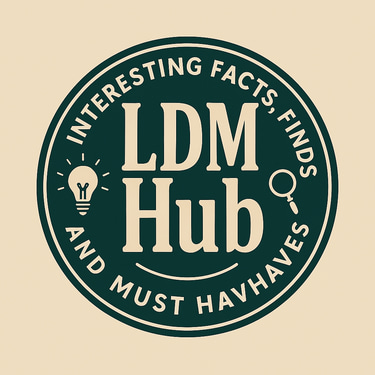The Hidden Dangers of Bread: Unveiling the Truth
DAIRY


The Hidden Dangers of Bread: Unveiling the Truth
When we think of bread, we often envision a staple food that has been a part of our diet for centuries. It's a versatile and delicious option that can be enjoyed in various forms - from sandwiches to toast. However, what if I told you that there are hidden dangers lurking within this seemingly innocent food? In this article, we will delve into the lesser-known risks associated with bread consumption, shedding light on the potential harm it can cause to our health.
The Impact of Processed Grains on our Health
One of the primary concerns with bread lies in the type of grains used to make it. Most commercially available bread is made from refined grains, which have been stripped of their natural nutrients and fiber during the milling process. This results in a product that is high in simple carbohydrates and low in essential nutrients.
Consuming bread made from refined grains can lead to a rapid spike in blood sugar levels, causing a subsequent crash that leaves us feeling tired and sluggish. Additionally, these refined grains lack the fiber necessary for proper digestion, which can contribute to digestive issues such as constipation and bloating.
Furthermore, the consumption of processed grains has been linked to an increased risk of chronic diseases such as obesity, type 2 diabetes, and heart disease. These health conditions are becoming increasingly prevalent in our society, and it is crucial to recognize the role that our dietary choices, including bread consumption, play in their development.
The Truth About Additives and Preservatives in Bread
Another hidden danger of bread lies in the additives and preservatives that are often used to enhance its flavor, texture, and shelf life. These additives can include artificial sweeteners, dough conditioners, and chemical preservatives.
Artificial sweeteners, such as high fructose corn syrup, are commonly added to bread to enhance its taste. However, these sweeteners have been linked to an increased risk of obesity, metabolic syndrome, and other health issues. It is essential to be aware of the presence of these additives and their potential impact on our overall well-being.
Dough conditioners, such as azodicarbonamide, are used to improve the texture and extend the shelf life of bread. However, this compound has been associated with respiratory issues and has been banned in several countries due to its potential health risks. It is crucial to read food labels carefully and opt for bread that is free from such additives.
Chemical preservatives, such as calcium propionate, are added to bread to prevent mold growth and extend its shelf life. However, these preservatives have been linked to various health concerns, including allergies, asthma, and behavioral issues in children. Choosing bread that is free from these additives can help minimize our exposure to potential risks.
The Importance of Choosing Quality Bread Options
While the hidden dangers of bread may seem alarming, it is important to note that not all bread is created equal. By making informed choices and opting for high-quality bread options, we can still enjoy this dietary staple while minimizing potential risks.
When selecting bread, it is advisable to choose varieties made from whole grains. Whole grain bread retains the natural nutrients and fiber found in the grain, making it a healthier choice compared to bread made from refined grains. Look for labels that explicitly state "100% whole grain" to ensure you are making the best choice for your health.
In addition to choosing whole grain bread, consider exploring alternative options such as sprouted grain bread or gluten-free bread if you have specific dietary requirements or sensitivities. These alternatives can offer a healthier and more easily digestible option for individuals with specific needs.
Furthermore, consider sourcing bread from local bakeries or making your own bread at home. By doing so, you have more control over the ingredients used, ensuring that you are consuming a product free from unnecessary additives and preservatives.
Conclusion
While bread has been a dietary staple for centuries, it is crucial to be aware of the hidden dangers associated with its consumption. From the impact of processed grains on our health to the additives and preservatives found in commercial bread, there are risks that should not be overlooked.
By choosing high-quality bread options, such as whole grain or alternative varieties, and being mindful of the additives and preservatives present in the bread we consume, we can still enjoy this food while minimizing potential harm to our health.
Let us make informed choices and prioritize our well-being when it comes to our daily bread consumption. After all, knowledge is power, and by unveiling the truth about the hidden dangers of bread, we can take control of our health and make choices that serve us best.
